By Bruce Doorly
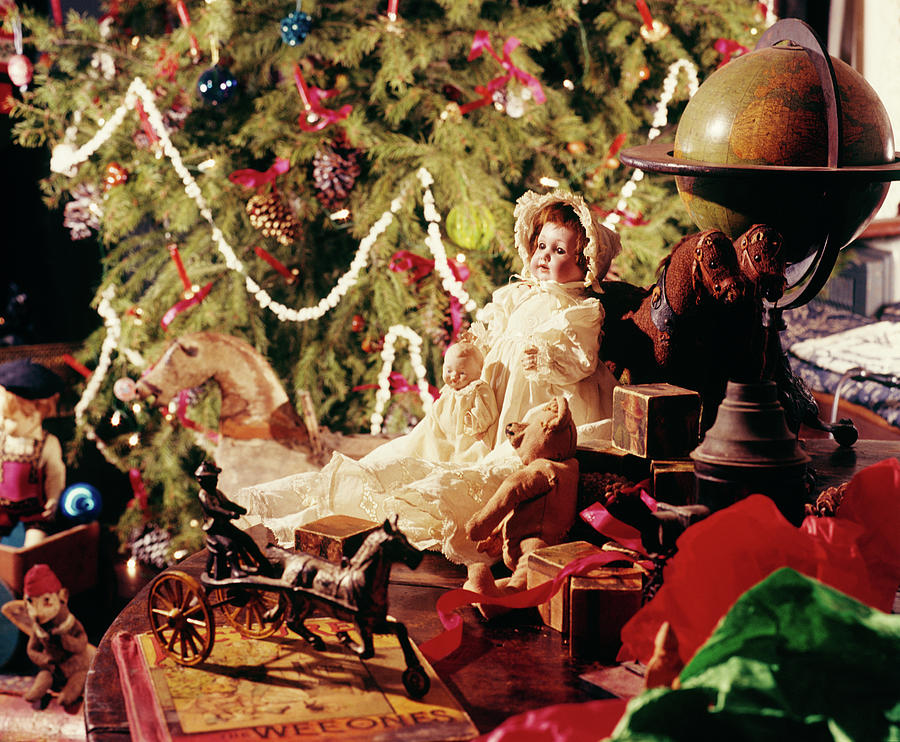
Today our favorite Christmas movies, T.V. specials, characters, popular toys, and songs are all well known. But when and where did they all come from? Lastly, I will highlight what local department stores were popular for Christmas shopping.
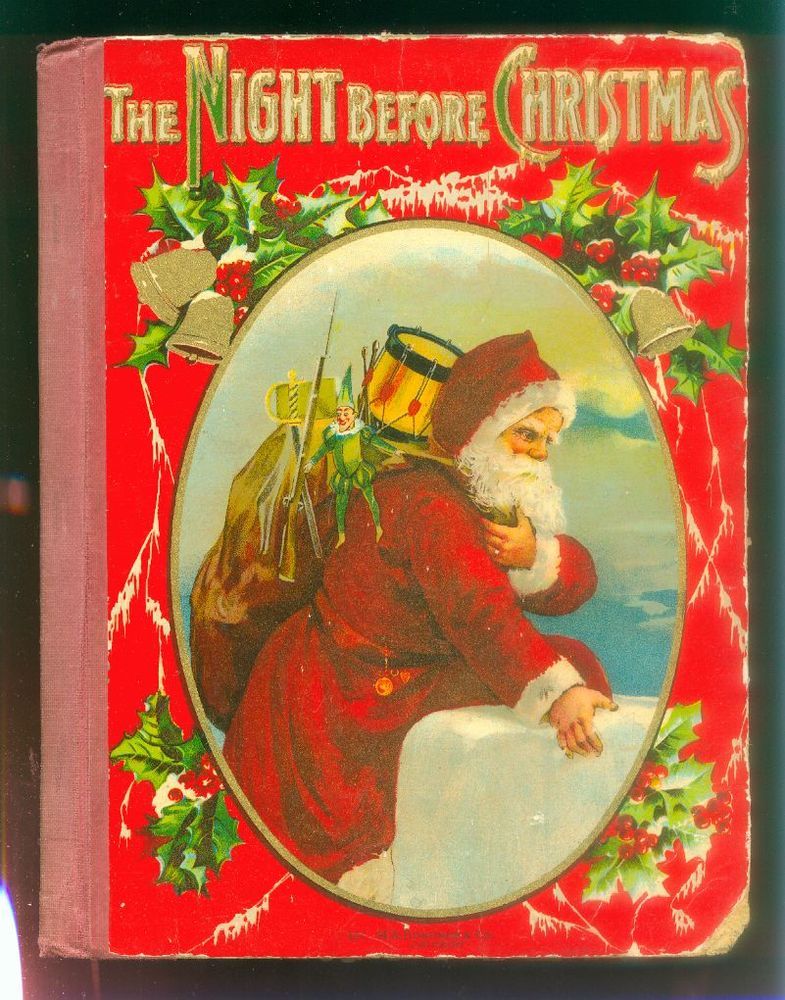
“The Night Before Christmas” (originally titled “A Visit From St. Nicholas”) was published anonymously in 1823. (Clement Clark Moore admitted to authorship in 1837.) The poem established Santa as a jolly fellow who was quite plump as it read “He had … a little round belly, that shook when he laughed, like a bowl full of jelly.”
It also established the fact that Santa had a sleigh with eight reindeer and it gave them their names.
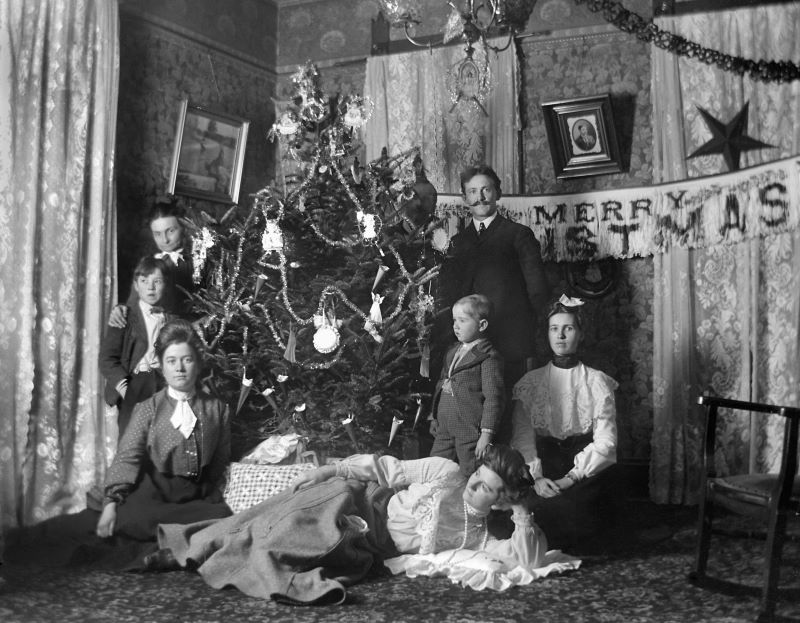
The song “Jingle Bells”, originally titled “The One Horse Open Sleigh” was published in 1857.
As the century went by, Christmas in the U.S. slowly evolved into a major holiday. In 1837, Louisiana was the first state to declare it a holiday. By 1860, 16 states, including New Jersey, had made it an official holiday. Finally, in 1870 Congress declared Christmas to be a federal holiday.
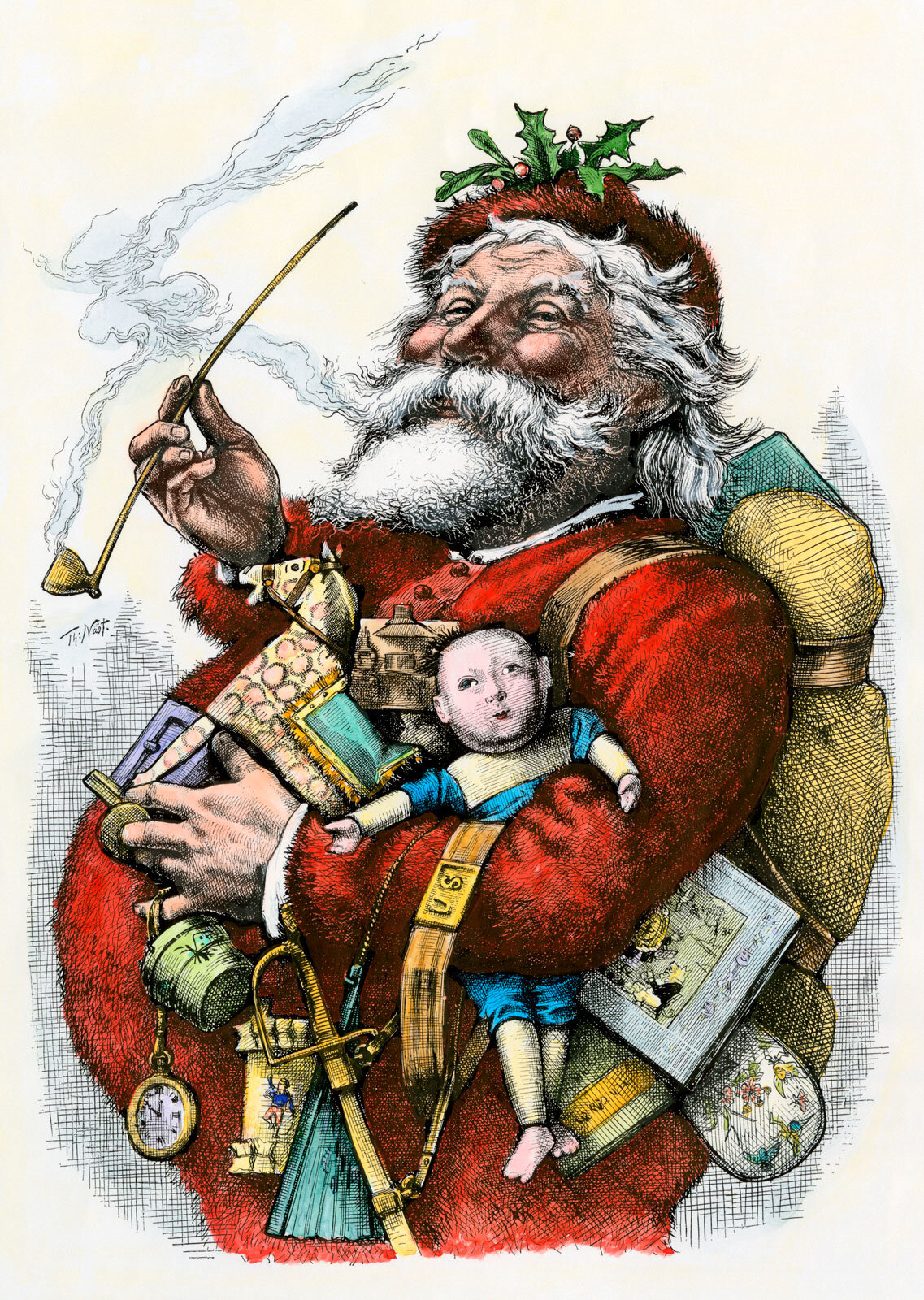
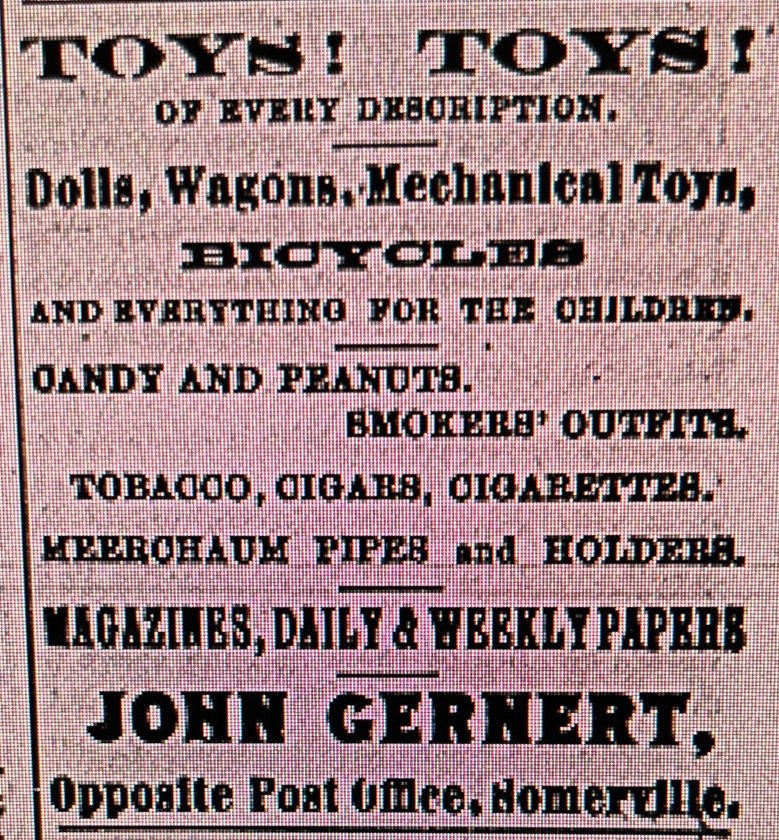
The popular Christmas toy the Teddy Bear debuted in 1902. The bear’s name is based on a story that President Teddy Roosevelt, while on a hunting trip, refused to shoot a small bear that had become trapped. As for Christmas shopping, the local department stores in Raritan were Glasers (1888 – 1997) and Granetz (1900 – 1988).
In Somerville, Gernert’s advertised that it had “Toys, Toys, of Every Description”. In Plainfield, readily accessible by trolley or train, there was the long-forgotten department store “Woodhull and Martin” (1897-1930?). Plainfield emerged as the town that is the best destination for shopping as Tepper’s (1907-1977) and Steinbach’s (1907-1979) first opened.
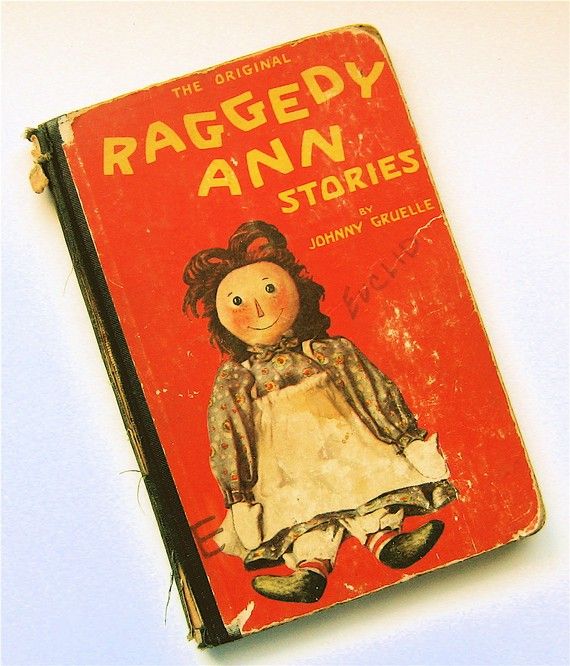
The Erector Set debuted in 1913. For decades it would remain a must have for boys.
The Raggedy Ann doll was introduced to the public in the 1918 book “Raggedy Ann Stories”. Marketing both the doll and the book together proved to be a great strategy.
For local shopping, “Parry’s” in Somerville was considered the ideal specialty gift shop. Woolworth’s in Somerville also opened.

The parade that we know today as the “Macy’s Thanksgiving Day Parade” was first held in 1924. The tradition of having Santa Claus at the end of the parade, symbolizing the start of the Christmas season, takes place in this first year.
Mickey Mouse made his debut in 1928 in the short animation film “Steamboat Willie”. He would inspire countless toys and other items.
Burke’s in Somerville assumed the status of the primary department store in town. The Nevius Department store also was popular in Somerville.
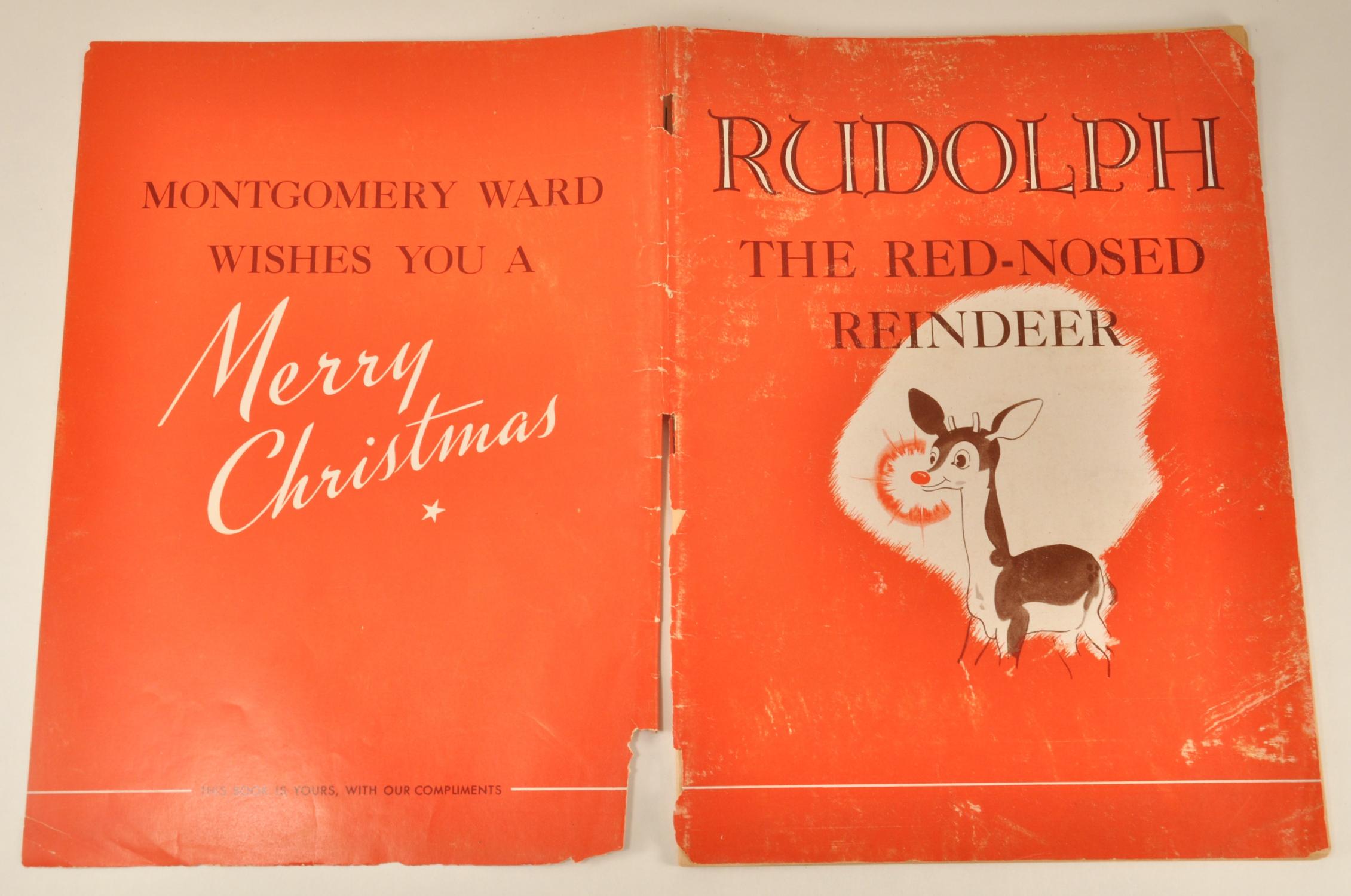
Construction workers at what would become Rockefeller Center erected a makeshift 20-foot Christmas tree in 1931. This tree unexpectedly drew much attention and an annual tradition was started.
The show “Radio City Christmas Spectacular” premiered in 1933 featuring the Rockettes.
The songs “Santa Claus is Coming to Town” and “Winter Wonderland” debuted.
The skating rink at Rockefeller Plaza opened on Christmas Day 1936.
In 1939, a book written by Robert L. May introduced Rudolph the Red-Nosed Reindeer.
Locally, Rocky’s Department store opened in Raritan.

After the depression of the 1930s, war production (1941-45) revived the economy. The public, now with full employment, had plenty of money, but due to wartime shortages there was little to buy. War bonds became a way to invest the extra money.
During World War II the new songs “I’ll Be Home for Christmas” and “White Christmas” struck a sentimental tone on both the home front and with the soldiers overseas.
The Slinky debuted in 1945. People are amazed at the tricks that it can do, especially the way that it can go down a flight of stairs.

The song, based on the 1939 book, “Rudolph the Red-Nosed Reindeer” was recorded by Gene Autry in 1949 and became a hit.
Two timeless movies came out in the 1940s, “It’s a Wonderful Life”, in 1946, and “Miracle on 34th Street”, in 1947.
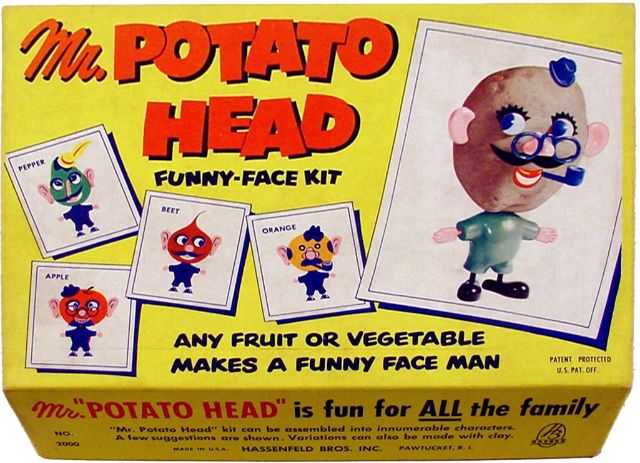
The 1950s was a great decade for the introduction of toys - starting with Silly Putty in 1950, Mr. Potato Head in 1952, Matchbox cars in 1953, Play-Doh in 1956, the Hula Hoop in 1958, and finally what would the world be without Barbie who made her debut in 1959.

In the late 1950s two hit songs “The Chipmunk Song” and “Rocking Around the Christmas Tree” top the charts.
Of all the film versions of “A Christmas Carol,” most critics and movie fans feel the 1951 British Version is the best. This was due to the brilliant performance of Alastair Sim as Scrooge.
Macy’s opened as Bamberger’s in Plainfield in 1954. It quickly became the top destination for Christmas shoppers.
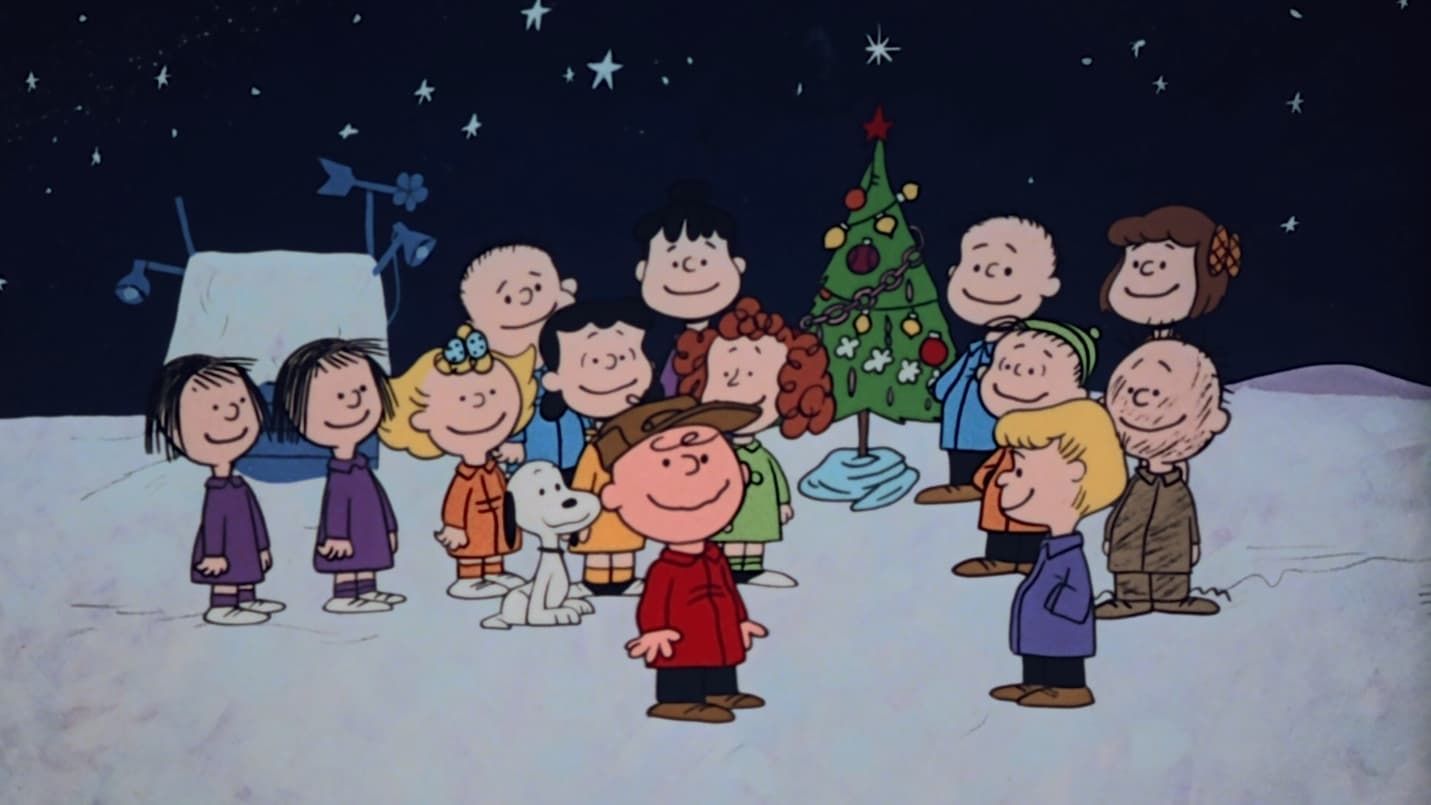
The 1960s was the decade of the animated Christmas specials. First came “Rudolph the Red Nosed Reindeer” in 1964, then “A Charlie Brown Christmas” in 1965, “How the Grinch Stole Christmas” in 1966, and “Frosty the Snowman” came to life in 1969.
Hit Christmas songs still with us today are “Blue Christmas” by Elvis Presley from 1964 (recorded in 1957) and “Holly Jolly Christmas” by Burl Ives from the Rudolph special.
The Hess Truck debuted in 1964. In an excellent marketing move Hess featured a different model each year.
In 1968, Hot Wheels first introduced a lineup of 16 cars.

The animated special “Santa Claus is Coming to Town” debuted in 1970.
Popular and enduring songs are by the Carpenters with “Merry Christmas, Darling” in 1970, John Lennon with “Happy Christmas (War is Over)” in 1971 and Elmo and Patsy with the novelty song “Grandma Got Runover by a Reindeer” in 1979.
Department stores Tepper’s, in 1977, and Steinbech’s, in 1979, closed in Plainfield. That started a downward slide of the one-time shopping capital.
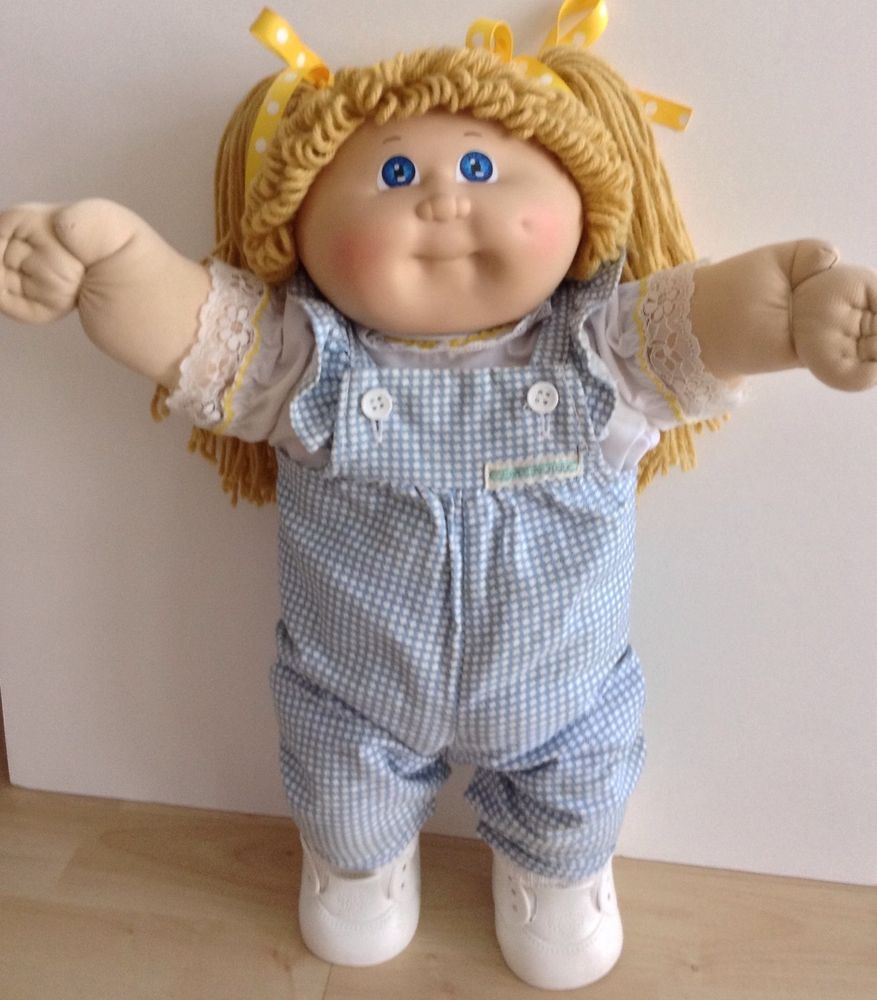
The Rubik’s Cube debuted in 1980.
The movie “A Christmas Story” in 1983 provided a comical view of Christmas.
1985 was the year of the Cabbage Patch Doll. Sales of the doll totaled over 600 million.
The Bridgewater Mall opened in 1988. This would lead to the closing of the mom-and-pop department stores in Raritan of Granetz, which closed in 1988, and Glaser’s which closed in 1997.

The song by Mariah Carey “All I Want For Christmas is You” was released in 1994. For the next 28 years it is one of the most played Christmas songs.
1994 - The movie “The Santa Clause” starring Tim Allen was the hit of the holiday season grossing 190 million. It has since become a Christmas-time staple among viewers.
In 1996, the demand for the new doll “Tickle Me Elmo” provoked a "shopping frenzy". While the retail price was $28.99, they were resold for hundreds of dollars and at times over a thousand dollars.
Macy’s in Plainfield closed in 1992. It signifies the end of an era where Plainfield was the shopping powerhouse of Central Jersey.

2003 – The movie “Elf” starring Will Ferrell proves to be an enduring Christmas Classic.
The internet starts to dominate shopping and things will never be the same.
So, there it is. My 1300 words on “The History of Christmas”. Did I leave something out? Feel free to write to me at brucedoorly@gmail.com.
Christmas Memories from Raritan in the early 1950s
By Jim DeCicco
The people on my route would offer me hot cocoa, cake, and other refreshments. Many would give me freshly baked cookies, candy, and even dinner food... It was a very festive time for the entire town. As a young college student, I also received gifts from my patrons.
The true spirit of Christmas was everywhere. Some homes had radios and phonographs with amplifiers and you could hear Christmas music all over the town.
Raritan was just like something out of a story book. The churches would ring Christmas bells and I knew I better hurry up and get finished because the local postmaster would be upset because he could not leave before I was finished. You see the patrons on our routes would love to ask us to come into their homes for a brief respite, so our routes could take longer than usual. In addition, we all carried an excessive amount of Christmas Cards and gifts.
The entire town was lit up. Thus, Raritan attracted many visitors to admire the Christmas decorations. A very happy and fun time where everyone knew everyone in the town and we all shared in the Christmas Spirit.